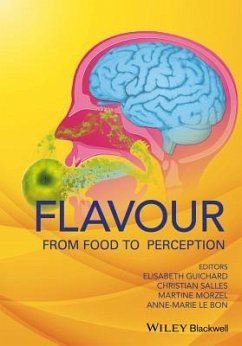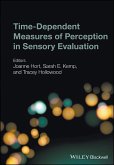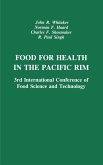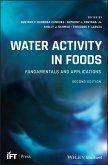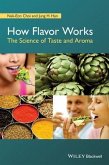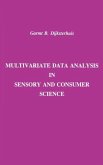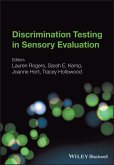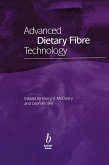Unlike other human senses, the exact mechanisms that lead to our perception of flavour have not yet been elucidated. It is known that the process involves a wide range of stimuli, which are thought likely to interact in a complex way, but, since the chemical compounds and physical structures that activate the flavour sensors change as the food is eaten, measurements of the changes in stimuli with time are essential to an understanding of the relationship between stimuli and perception. Flavour: From Food to Perception covers all aspects of flavour perception, including aroma, taste and trigeminal sensation, from the general composition of food to the perception at the peri-receptor, receptor and central level. It responds to a growing need for pluridisciplinary approaches to better understand the mechanisms involved in flavour perception. After presenting the physiological systems involved in the perception of flavour molecules, the book provides an overview of the interactions occurring in the food matrix (interactions between flavour molecules and other ingredients, texture-flavour interactions). It then presents the most recent findings on the transfer of these molecules from food to the chemosensory receptors and on the integration of the different sensory modalities at the central level. This comprehensive book will provide those in the food industry working on flavour and food with a multidisciplinary approach to flavour perception. The mechanisms of flavour perception as well as the new tools and approaches presented will help with the reformulation of products in the future.
Hinweis: Dieser Artikel kann nur an eine deutsche Lieferadresse ausgeliefert werden.
Hinweis: Dieser Artikel kann nur an eine deutsche Lieferadresse ausgeliefert werden.

